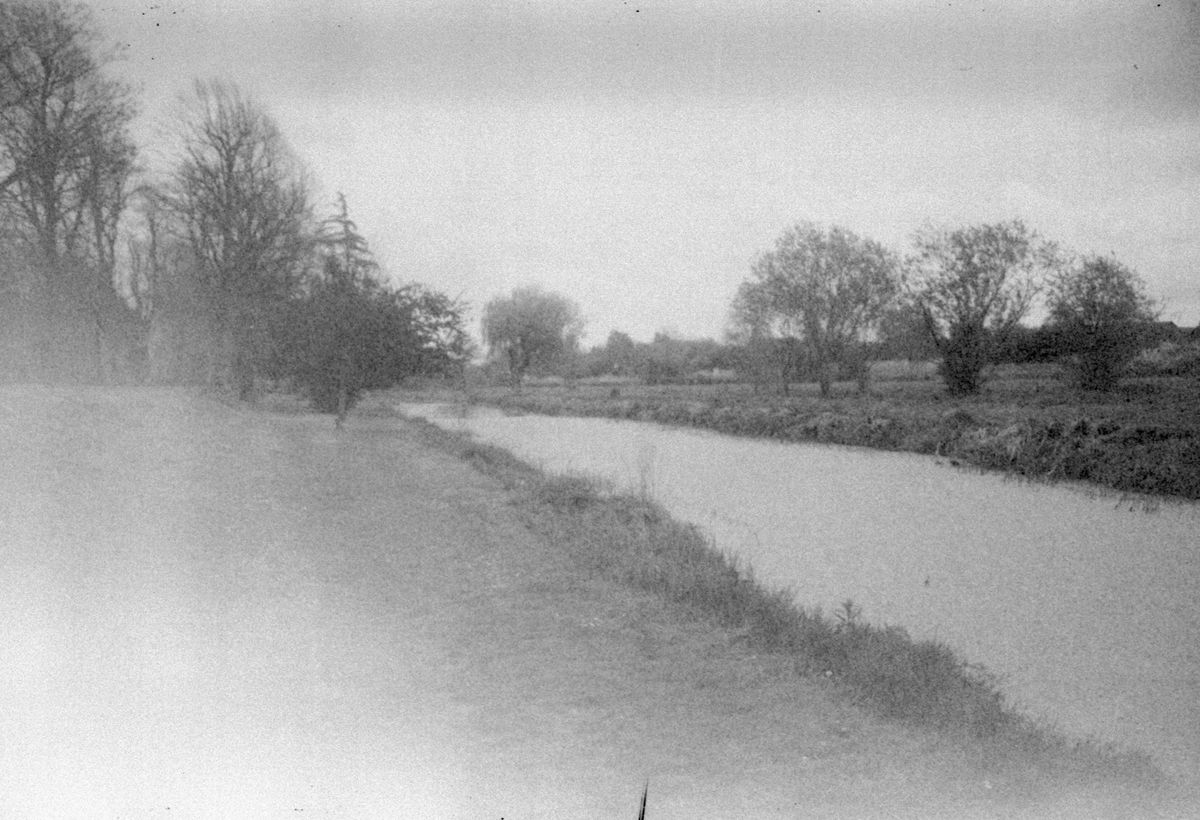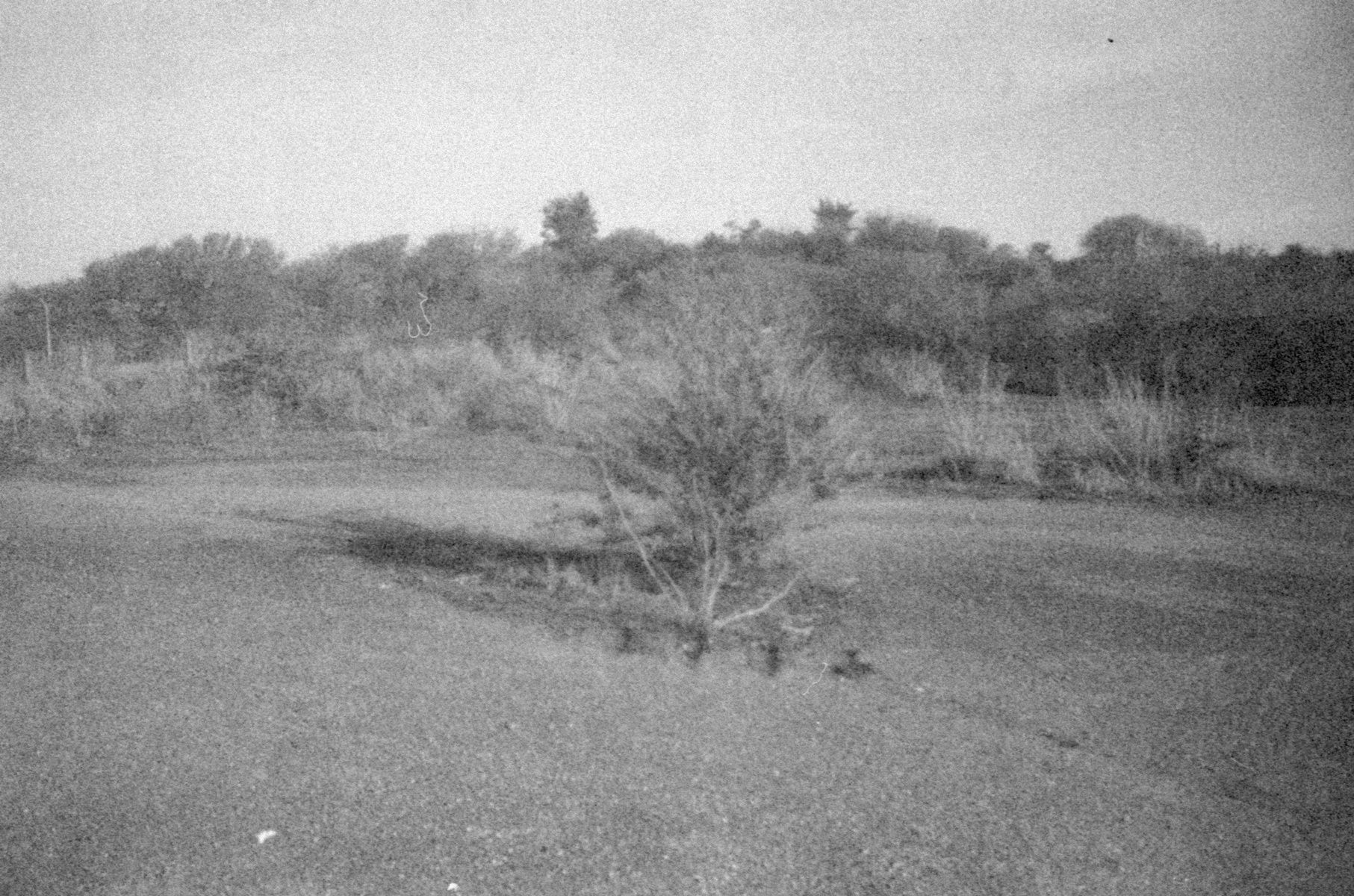Melanie King: Submerged Landscapes
According to the Climate Central app, Thanet, the UK is likely to become an island again within the next decade. In this ongoing project, King documented the affected areas before they are submerged, using the materiality of the sea within the production of the work.

The climate emergency has been at the forefront in the past few years. Local and global news, newspapers, government budgets — this can only be a good thing as more and more people are realizing that the way we live right now is unsustainable. Our level of demand, production and consumption are exhausting the planet’s resources and this is beginning to show more frequently — the abnormal weather we saw this summer is no coincidence. The horrific heat waves, resulting in wildfires, combined with torrential rain and hurricanes will become the new normal sooner than we anticipate.
Melanie King is a photographer who works with alternative image-making methods. Currently studying for a PhD, she’s very much interested in using natural materials such as seaweed, coffee and spinach to develop and print her images. "Submerged Landscapes" (commissioned by Mural Stories), is a mixed media body of work for which King documented the area of Thanet, near where she lives, before it disappears in the sea — something which, according to reports, is likely to happen within the next decade as the ocean levels begin to rise.
This is a terrifying concept and it seems people are not paying enough attention to change the course of events. The most common “excuse” for not taking any action is that the hellish events are unlikely to unfold within our lifetime; current reports claim this is untrue and we will begin to experience unbearable weather conditions much sooner than expected.

Submerged Landscapes demonstrates King’s persistent work ethos, one of raw honesty and integrity. According to her, she wouldn’t feel comfortable to be making work about climate change while simultaneously using toxic chemicals, such as a standard photographic developer. Instead, she opted to make her own, organic seaweed developer, which isn’t hazardous to the biodiversity of our planet and can be safely disposed of.
This self-consciousness of her own impact on the environment and the desire to minimize it is something that politicians who fly privately to climate change summits would do well to really learn from and emulate. The artist has used local materials to become both the subject matter of her project and the agent to develop her photographic film; it makes the body of work multi-layered as it documents the sense of place by also utilizing its physicality in the production.
Sign up for the newsletter to read this post
We support independent documentary photographers and photojournalists by promoting their work. Read unique documentary stories with our newsletter.
